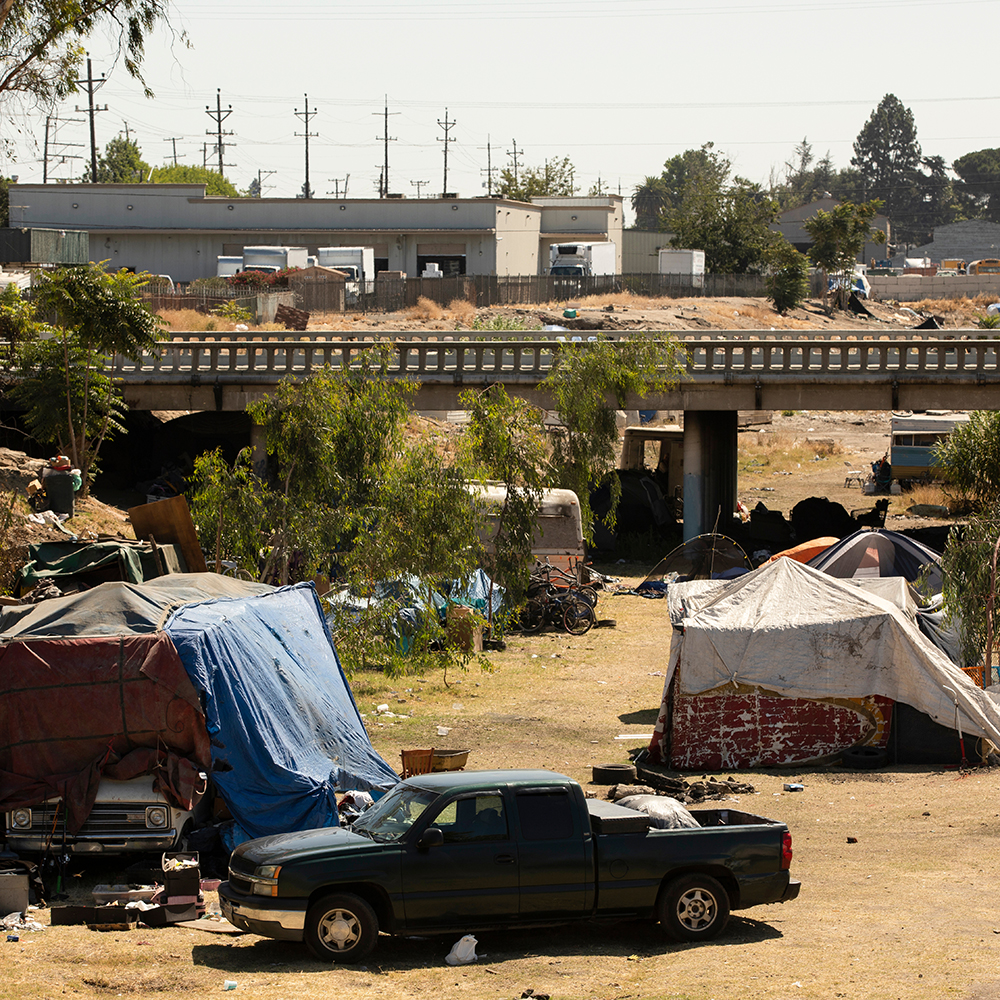I received a text out of nowhere from a friend who shares vastly different political opinions than myself:
Where is all the money that is supposed to go to the homeless? I had to report the homeless camp on my apartment street. I openly saw someone smoking from a crack cocaine pipe. There’s a daycare across from our apartments with after school hours.
My friend being a middle-class, married mom of two small children, I sensed the realistic fear and frustration that many Californians are experiencing today with a homeless population at a record-high of 181,399. This is quite the jump in just a decade, considering California’s homeless population sat at 113,952 in 2014.
Now, when two individuals who normally lie on opposite ends of the political spectrum come together in mutual concern over a problem, it is indicative of obvious government dysfunction and failure. We are coming to a point in California where not many can deny or disagree with the irresponsible misuse of authority and spending to address the homeless crisis.
As our state’s homeless figures have risen tens of thousands year after year, cites, counties and the state have been applauded for leveraging taxpayer dollars in the millions and billions to “solve” the issue. The public raise concerns, lawmakers pass measures and bills touting billions going toward a new program, and the public is satisfied for a time. But with a decade of spending under our belt and the problem only worsening, people are fed up.
In fact, we now have proof that our assumptions and concerns are correct. The California State Auditor just released their latest report April 9, 2024 revealing that homelessness funding is not being reported properly and the effectiveness of homelessness programs across the state are not being consistently evaluated. The report stated that various California cities are failing to “identify all revenues and expenditures related to homelessness efforts because the cities have not established a mechanism, such as a spending plan, to track and report their spending.”
It’s sad to see but not at all surprising. Pacific Research Institute fellows Kerry Jackson and Wayne Winegarden warned us of the state’s ineffective spending on the issue back in July of 2023:
California put aside $7.2 billion to address homelessness in the 2021-22 state budget. Last year, there were an estimated 172,000 homeless statewide, which equates to spending nearly $42,000 per homeless person.
Spending of this magnitude – which only accounts for state money – is sufficient if it were applied effectively. The worsening crisis indicates that something is off with how the state spends its resources.
It’s almost more of a relief that we have more evidence of government ineffectiveness so lawmakers can stop hiding behind throwing billions more at a problem we are not solving in hopes that the public will not hold them accountable to finding actual solutions.
But really, they don’t have to search hard to find solutions. Pacific Research Institute’s 2021 study entitled Project Homekey Provides No Way Home for California’s Homeless recommends ditching Housing First policies and tackling causal factors driving the crisis such as establishing homeless dayrooms to connect homeless individuals to appropriate treatment options, leverage public resources such as law enforcement to connect homeless individuals with resources and family, and discouraging homeless encampments. Lawmakers would also do well to address policies contributing to the economic and housing environment making it difficult to financially survive in the state such as reforming CEQA, zoning laws, and other regulations.
Now, there very well could be programs already in place to address treatment options and leverage public resources. But as the State Auditor raised the concern, until we can effectively track and evaluate these programs, we need to stop recklessly spending.
California taxpayers simply cannot afford it. Families are leaving the state in droves, not only in search of a better cost of living, but for cleaner and safer streets. California lawmakers would do well to kill two birds with one stone and keep families and businesses here by enacting real solutions to a worsening crisis.
Emily Humpal is deputy communications director at the Pacific Research Institute.

